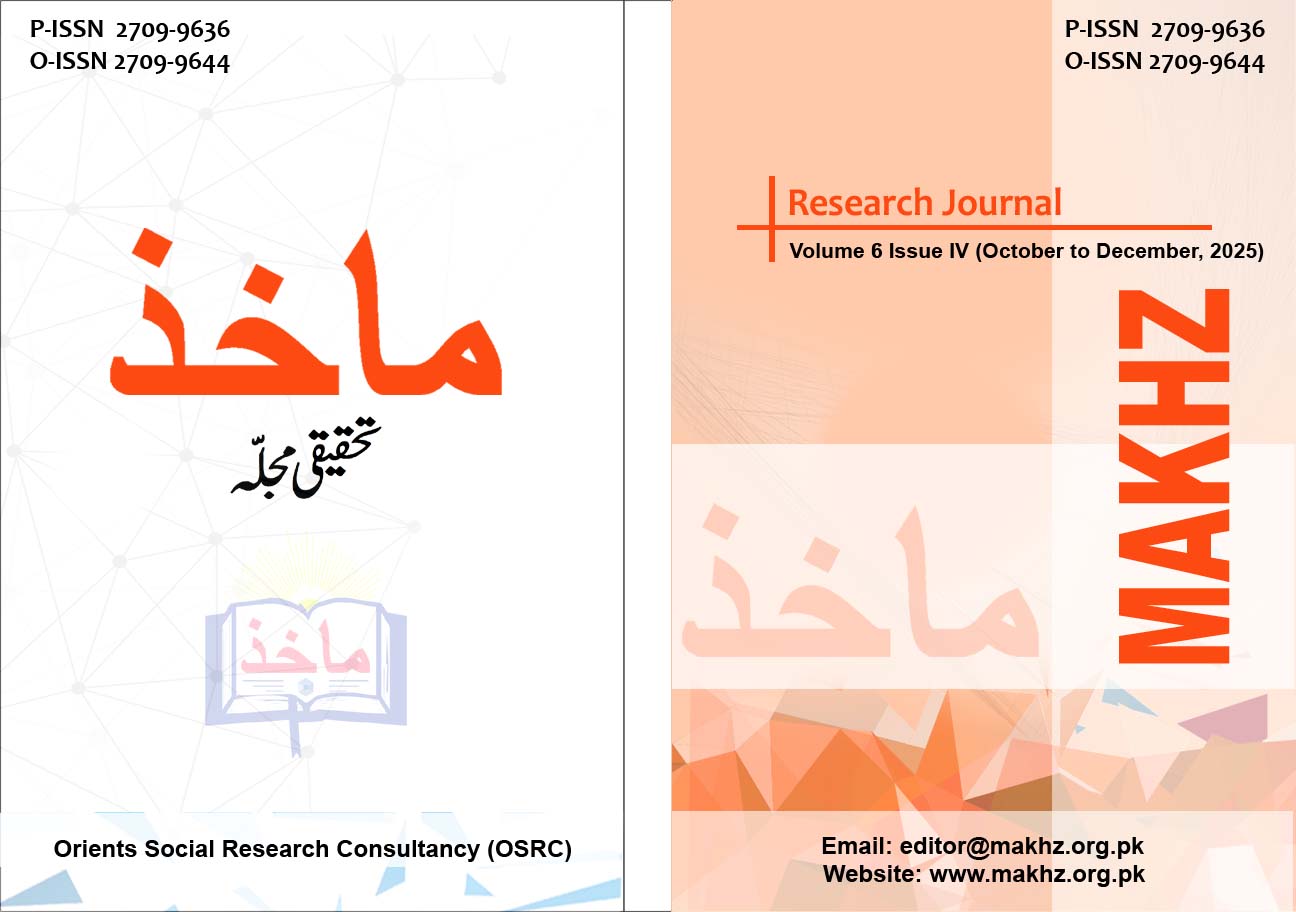Urdu Opera: An Analysis
DOI:
https://doi.org/10.47205/makhz.2025(6-IV)urdu-11Keywords:
Opera, lyrical drama, Gluck, Diegans, Greek and Latin Italy, Russia, France, lyrical allegory, 1600sAbstract
“Opera” is a lyrical drama, whose dialogues are sung to the tune of music in the form of poems. As if both poetry and lyrics are essential in an opera, otherwise it does not deserve to be called an opera. A drama in which the musical element predominates is called opera. In grand opera, every dialogue is sung. Initially, this method was considered formal and imitative. In early Italian opera, only ancient Greek and Latin stories were selected for the above. And all the people were given the opportunity to show their essence in turn. Thus, continuity was not maintained in the play. Gluck was the first to raise his voice against this. He and his like-minded artist Deborah created a type of opera like Diegans. Italy, Russia and France have produced famous opera writers. In England, opera is not very popular except for a few plays. It is also called lyrical allegory. The ancient history of drama suggests that opera was performed in the theaters of Greece and Italy, but its revival began in Italy in the 1600s.
Downloads
Published
How to Cite
Issue
Section
License
Copyright (c) 2025 Makhz (Research Journal)

This work is licensed under a Creative Commons Attribution-NonCommercial 4.0 International License.





